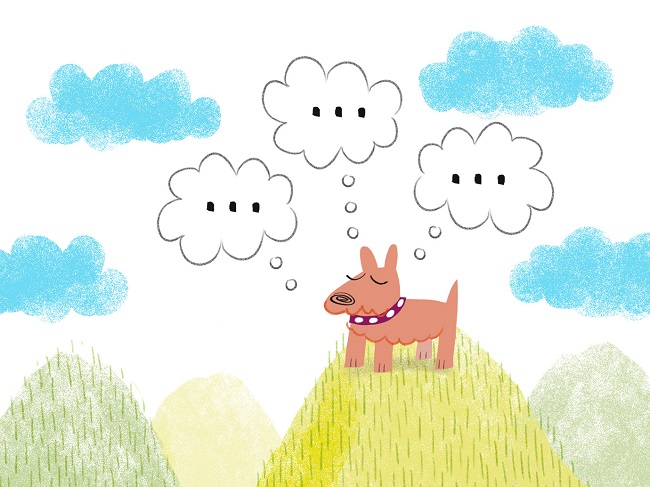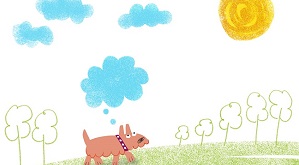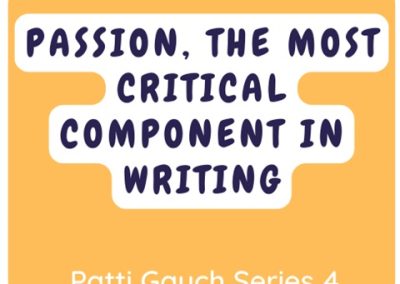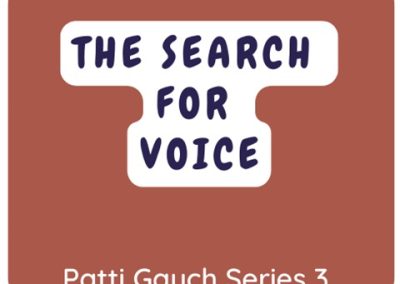Being a creative person means you will undoubtedly experience moments when you don’t want to make anything. Whatever muse helped you put pen/paint/stylus to paper/screen in the past, might go missing. Ideas that used to flow freely are somehow out of reach. You feel disconnected from your world, like an existential crisis.
Acknowledging the problem can be half the battle. But once you do, here are 9 helpful actions you can take to get you back to a place of creative flow.
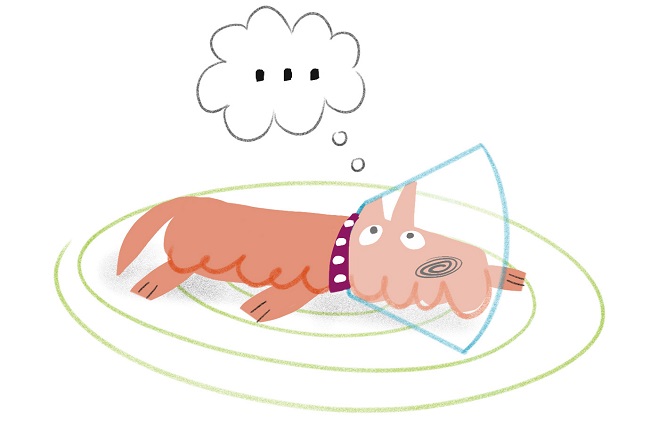
1. Don’t force it.
Where you once found answers, you encounter only obstacles. You may not think so, but forced creativity can show up in your work. The struggle is real—you know you feel it. Unfortunately, your audience might too. Clearly, something needs to change.
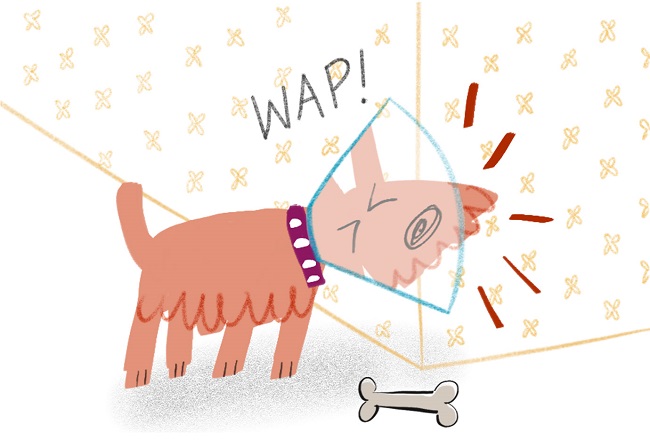
2. Give yourself space.
Step away from your desk. Go outside! Your brain is still processing and problem solving in the background even while you are performing mundane tasks. You need to nurture an environment where this can happen.
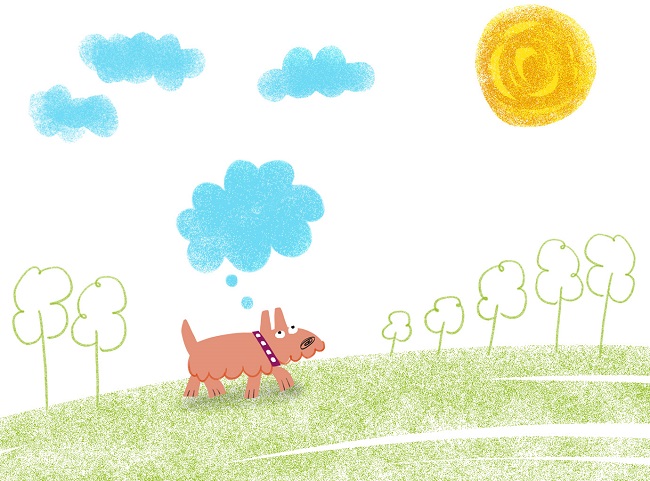
3. Look, digest, then look away.
By all means, enjoy the work of others. But avoid situations that foster an unhealthy amount of self-doubt, forcing you to compare your work to theirs.
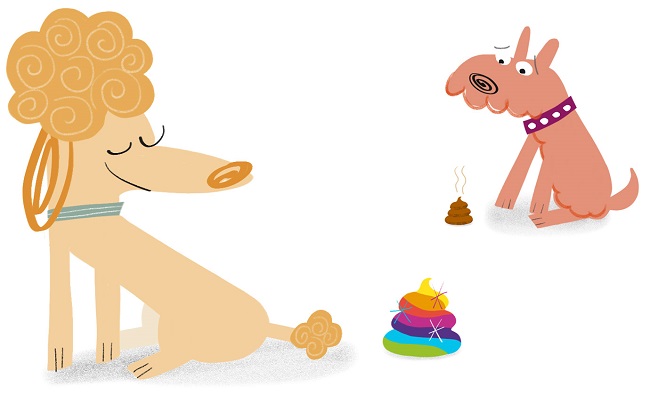
4. Embrace the panic, then do a little something.
Most artists and writers know they occasionally have to go through a period of self-doubt, in order to get to a better place creatively. Go ahead and draw or write something…badly. Know that it will be better tomorrow, if you take the pressure off your mind and spirit today.
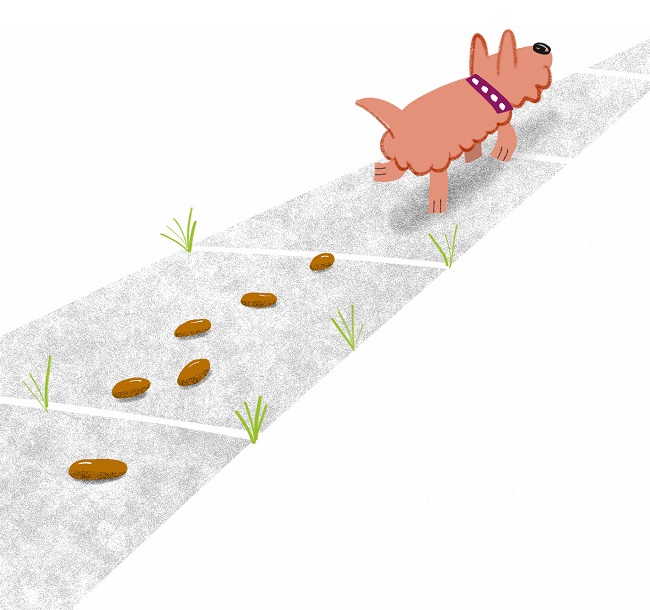
5. Break some rules.
Discipline is important, but sometimes you might have to mix up a self-imposed routine. If you are a messy person in your work, tighten up! If you the opposite, make a mess! Lower the stakes in what you are creating and make it only for yourself.
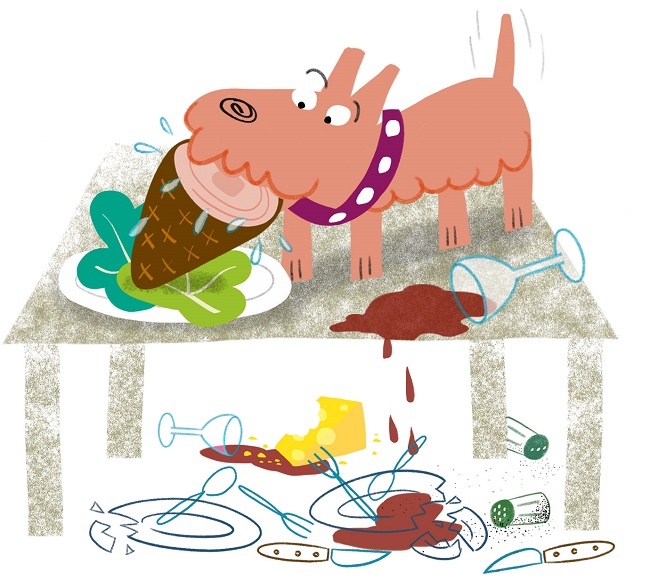
6. Start a personal project.
Once you’re feeling ready to sit down and start again, challenge yourself to create something everyday for a month. If that’s unrealistic, try a week. The important thing is to make something just for you and enjoy the process.
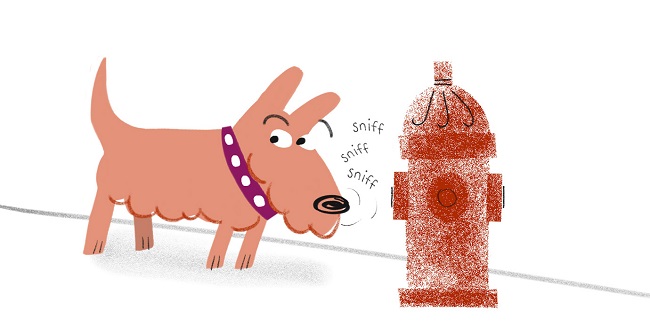
7. Shake up your process.
Try using new materials. If you usually work digitally, try traditional materials. If it’s the reverse, learn a new application or technique on the computer. (If you are a writer, and usually type, try using pencil and paper.)
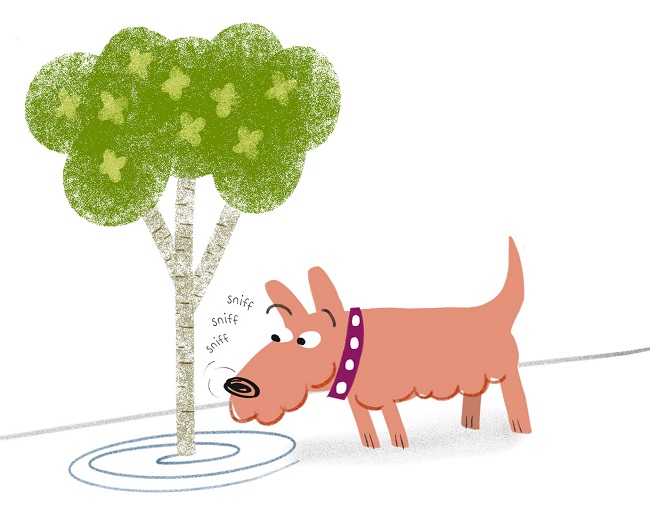
8. Find your community.
Critique groups are a great way to constructively share work amongst peers with similar goals. While examining others’ work, you exercise different muscles by seeing/reading, not making. Besides getting you out of your own head, critiquing constructively can help you view your own work more clearly. (Highlights workshops are a great place to find your people!)
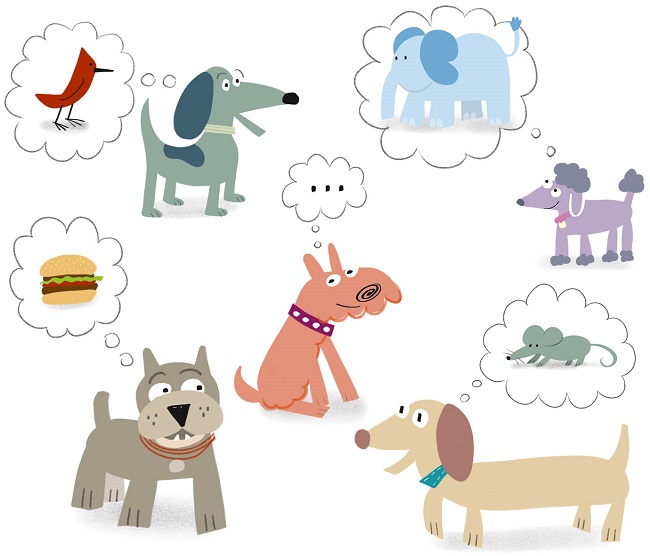
9. Most of all, be true to yourself.
Know that your best work will be that which is genuinely yours. While periods of self-doubt will inevitably appear from time to time, know that you can foster an environment in which your best ideas can grow. Embracing the process and the stumbling blocks along the way will make it easier to deal with them the next time they come along.
